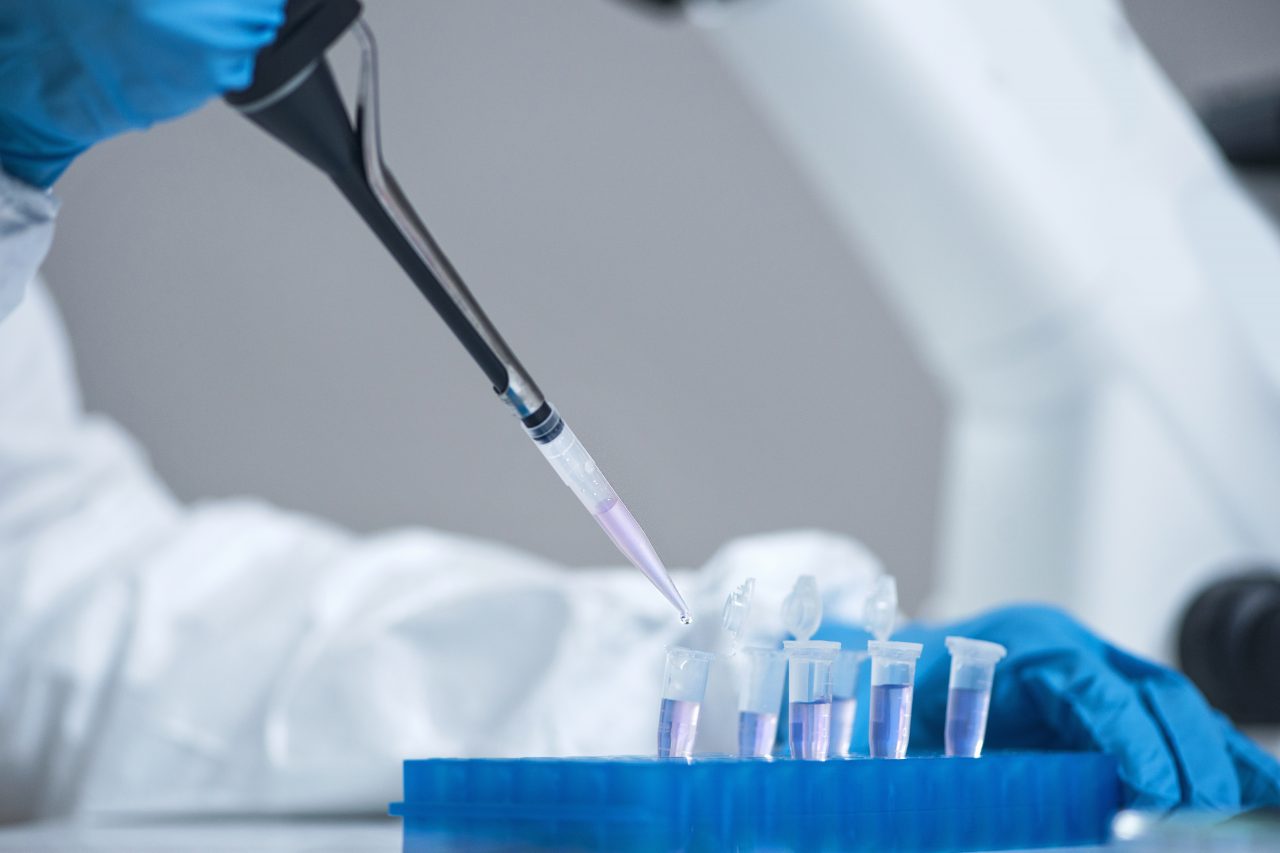Variable volume micropipettes are the ideal precision instrument for the liquid measurement needs of clinical testing and quality control laboratories. A micropipette is a laboratory device used to absorb and transfer small volumes of liquids.
The volumes that can be captured by these instruments vary according to the model and type of pipette: the most common, called p20, p200 and p1000, admit a maximum of 20, 200 and 1000 μl, respectively. It is noteworthy that the use of micropipettes allows the use of different liquids without having to wash the device: for this, disposable plastic tips are used, which are usually sterile.
How to choose the right micropipette?
The characteristics of the fluid and the precision required in the volumes of liquids transferred in microliters (µL) are key factors in choosing a micropipette. It is also important to consider the operator’s expertise and ergonomics. The aspects that influence the selection of the ideal equipment can be summarized as follows:
Physical properties of the liquid
In a laboratory, there are three main categories of liquids: aqueous, viscous, and volatile. This dictates the type of micropipette required, between two available segments: air displacement micropipettes or positive displacement micropipettes. An air displacement micropipette is ideal for handling aqueous liquids, while a positive displacement pipette is the option to consider for viscous or volatile fluids.
Accuracy
It is recommended to always choose the laboratory pipette with the smallest capacity according to the volumes for most of the required procedures, since the precision will decrease when the volume transferred is very close to the minimum capacity of the pipette. Handling 50 µL in a 5,000 µL capacity pipette, for example, will yield poor quality results. In other words, the precision will be very limited, taking into account what a microliter is.
Ergonomics
It is preferable to choose a lightweight micropipette, with a balanced center of mass that ensures stability. In addition, the micropipette must fit in the hand and be functional for left- or right-handed users. Also, the design should have a soft grip to prevent tendonitis and other disorders.
How to correctly pipet with a micropipette?
To reduce the margin of error in the laboratory, it is useful to consult practical guides for the use of pipettes and to follow the instructions in the micropipette manual included with the product. It is also advisable to have basic notions of how to pipette correctly with a micropipette:
- Never turn the volume indicator dial beyond the upper or lower limit of the micropipette.
- The tips are one of the most important parts of the micropipette, you need to make sure they are the correct size and are always sterile.
- Pipetting is most accurate when the instrument is held at an angle of less than 20 ̊ vertical.
- When releasing the liquid, it is recommended to rest the tip of the micropipette lightly against the test tube, thus the surface tension helps to dispense the content.
- A common operator mistake is to push the plunger to the second stop before filling the tip of the micropipette.
- It is important to verify that the tip fits with minimal effort and that it comes out just as easily; It is always advisable to review the micropipette manual to avoid making mistakes.
At Kalstein we have innovative micropipettes. That is why we invite you to take a look HERE

